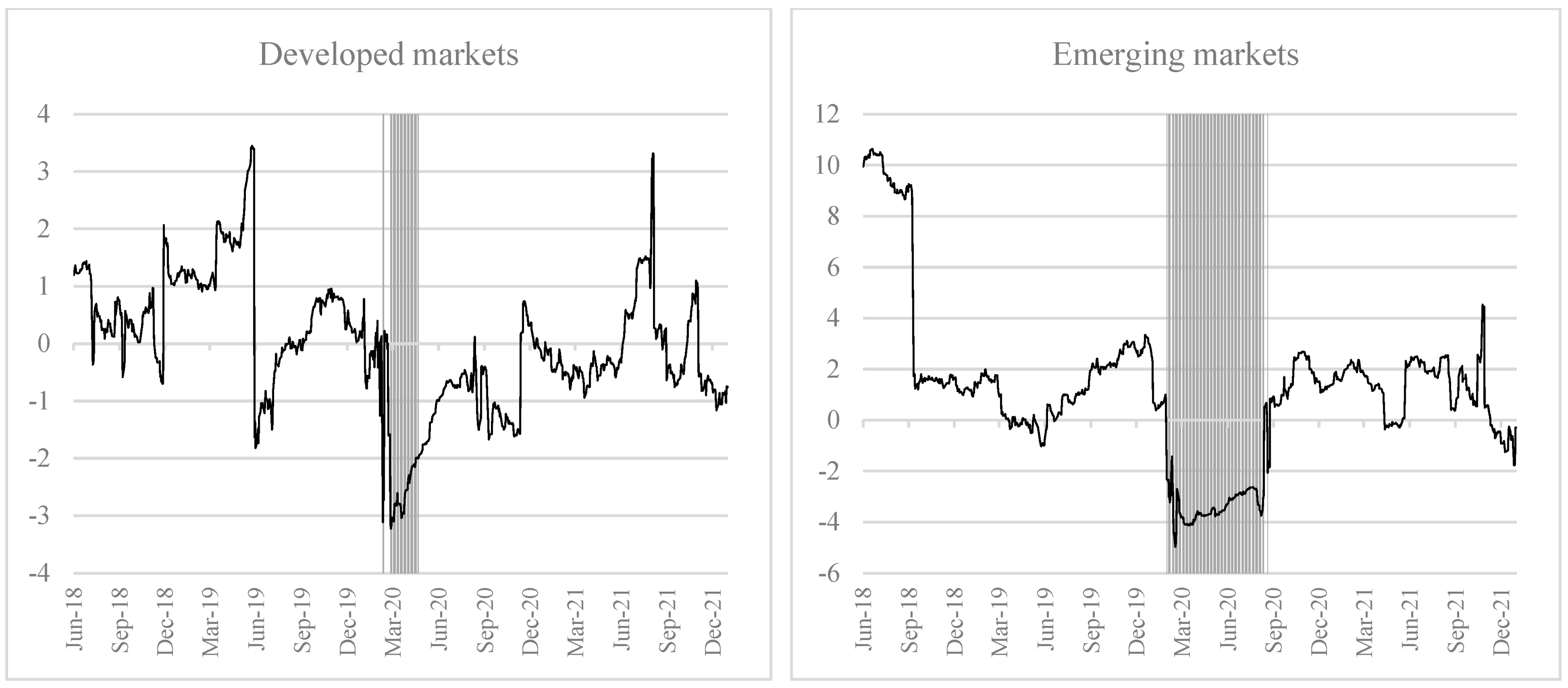Herd Behavior in Financial Markets
![PDF] Herding behavior in stock market: a case in Malaysia PDF] Herding behavior in stock market: a case in Malaysia](https://investtechpro.com/wp-content/uploads/2024/04/pdf-herding-behavior-in-stock-market-a-case-in-malaysia.png)
Introduction
Herd behavior is a common phenomenon in the animal kingdom, and it can also be observed in financial markets. When investors see others buying a particular stock or asset, they may be more likely to buy it themselves, even if they have not done their own research. This can lead to bubbles, where asset prices become inflated far beyond their intrinsic value. When the bubble eventually bursts, prices can crash, leading to significant losses for investors.
What Causes Herd Behavior?

There are a number of factors that can contribute to herd behavior in financial markets. These include:
Fear and greed: When investors are feeling fearful, they may be more likely to sell their investments, even if they believe that the investments are still fundamentally sound. Conversely, when investors are feeling greedy, they may be more likely to buy investments, even if they are overpriced.
The Dangers of Herd Behavior
Herd behavior can be dangerous for investors because it can lead them to make decisions that are not in their best interests. For example, if an investor buys a stock simply because everyone else is buying it, they may end up paying more than the stock is worth. If the stock price subsequently falls, the investor could lose money.
Herd behavior can also lead to market inefficiencies. For example, if a large number of investors suddenly sell a particular stock, the price of the stock may fall sharply, even if there is no fundamental reason for the decline. This can create opportunities for savvy investors who are able to buy the stock at a discount.
How to Avoid Herd Behavior
There are a number of things that investors can do to avoid herd behavior. These include:
Do your own research: Before you invest in any asset, make sure you understand the risks and potential rewards involved. Do not rely on the advice of others or on tips you hear on social media.
Conclusion
Herd behavior is a powerful force in financial markets, and it can lead to both short-term and long-term problems for investors. By understanding the causes and dangers of herd behavior, investors can take steps to protect themselves from its negative effects.
FAQs
Herd behavior and contrarian investing are two opposite approaches to investing. Herd behavior involves following the actions of the crowd, while contrarian investing involves going against the crowd. Contrarian investors believe that they can buy undervalued assets and sell overvalued assets by identifying trends that are not yet recognized by the majority of investors.
There are many examples of herd behavior in financial markets. One of the most famous examples is the stock market bubble of the late 1920s, which led to the Great Depression. Another example is the dot-com bubble of the late 1990s.
There are a number of signs that can indicate that a herd behavior bubble is forming. These include:
Rapidly rising asset prices
If you think you are in a herd behavior bubble, it is important to sell your investments and take your profits. However, it is also important to remember that it can be difficult to time the market perfectly. If you sell too early, you may miss out on some gains. If you sell too late, you may lose money.
Herd behavior can sometimes be beneficial for investors. For example, if a large number of investors suddenly buy a stock, it can drive up the price of the stock, which can lead to profits for investors who already own the stock.
Disclaimer
The



